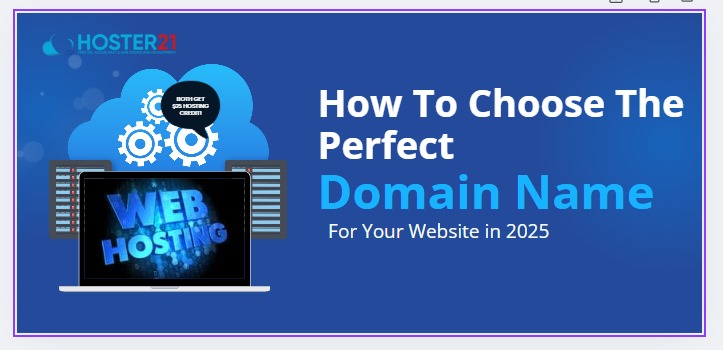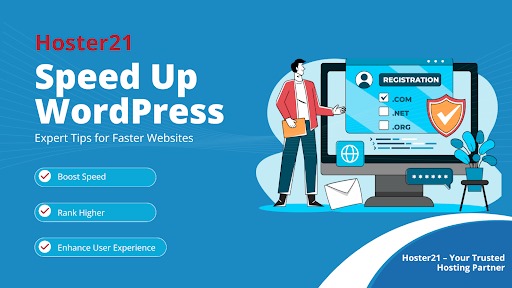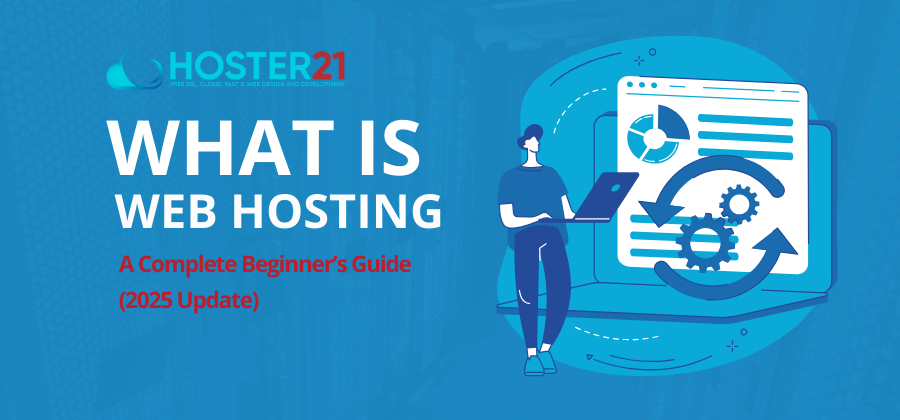1. Optimize Your Website for User Experience (UX)
Your eCommerce website is a ground zero for potential buyers. A well-designed site can drive in conversions or push visitors away. Here’s how you can optimize it:
- Mobile-First Design: More than half of all online purchases now come through a smartphone. Ensure your website is mobile-responsive. If your mobile site loads slowly and is hard to navigate, you will only push customers away.
- Simplify Navigation: Ensure that the content you make is easy to locate and that your categorization and filtration mechanism is clear and clicky. Make a user-friendly search bar whereby people can easily find what they’re looking for.
- Make checkout seamless: Lower friction at checkout. Provide guest checkout, fewer form fields, and other payment options. More from less.
2. Social Proof
Customers believe what other buyers have to say about your products. The mere addition of social proof to your website and other campaign materials creates credibility and reduces the fear of making a purchase.
- Customer Reviews: Placing customer reviews and ratings on product pages.
- Testimonials and Case Studies: Provide genuine examples of customer experience, evidence, and endorsement of your products.
- Inflencer marketing: You associate with the influencer who connect to your niche, and this assists you in the marketing of your products.
- Authentic words by influential people will facilitate the inflow of traffic to your website and also increase sales.
3. Quality Product Images and Descriptions
Since the look and feel of the product are important, having good-quality images and descriptions is key since the customer cannot touch or experience your merchandise in real life while ordering online.
- Use high-resolution product images from at least several different sides. Offering the ability for customers to zoom allows them to dig down and inspect those minor details.
- Provide extensive, detailed descriptions of the products and not just the conventional features. Include exciting descriptions that speak to advantages, applications, and sizing. This will also help with another major SEO optimization-make your product pages accessible on search engines.
4. Email Marketing Strategy
Email marketing is a guaranteed way to boost eCommerce sales. With an ROI of nearly 450 percent, it’s one of the best lead-nurturing tools that can help move leads to becoming loyal customers.
- Abandoned Cart Emails: Automated emails reminding a customer about a product they left in the cart. A limited time discount motivates the customer to complete the purchase.
- Personalized Offers: Segment your email list with regard to customer behaviour and preferences. Send personal product recommendations or exclusive offers in order to enhance engagement.
5. Quality Product Images and Descriptions
Since the look and feel of the product are important, having good-quality images and descriptions is key since the customer cannot touch or experience your merchandise in real life while ordering online.
- Use high-resolution product images from at least several different sides. Offering the ability for customers to zoom allows them to dig down and inspect those minor details.
- Loyalty Programs: Reward repeat customers with exclusive discounts, points-based rewards, or early access to new products.
6. Optimize Your SEO to Drive Organic Traffic
For sure, the true power of driving organic traffic to your eCommerce website originates from SE Optimization. The more a website ranks on search engine results the more possible it is that it will attract a larger number of target sales.
- Keyword Optimisation: Study your keywords and make use of the exact same words in titles, descriptions, and metadata of products. Always look for short keywords and long keywords.
- Create blog content. Publish quality, relevant blog content that speaks to a client’s pain points, gives information about a product, or addresses a trend in your industry. This can be useful for search optimization and presents you as an expert within your space.
- Technical SEO: Speed, mobile-friendliness, and security (HTTPS) play a role here, of course. And proper site structure and URL hierarchy are sure to help your site become crawled more efficiently by the search engines.
7. Utilize Retargeting Ads
Dynamic Product Ads: Display ads to visitors showing them the exact products they looked at on your site, reminding them why they were interested.
- Cart Abandonment Retargeting: Drive ads to people who have dropped their carts, offering an incentive-desirable offer to complete the purchase (like shipping).
- Cross-Sell and Upsell Ads: Retarget existing customers with complementary products or premium upgrades to encourage repeat purchases.
8. Diversify Your Sales Channels
Don’t just wait for customers to come through your website to make a sale. Expand to other online locations where you can sell to a larger audience.
- Social Media Shopping: Place shop-accessible posts on platforms like Instagram and Facebook, which allow customers to buy from their feeds.
- Marketplaces: List products on all big online marketplaces, such as Amazon, eBay, or Etsy. The scale is huge here with millions of active users; therefore, the products get more visibility.
- Google Shopping Ads: Use Google Shopping to expose your products to users searching for relevant terms on Google.
9. Analyze and Optimize with Data
Analyze constantly what works and does not work as part of improving continuous eCommerce sales.
- Take advantage of Google Analytics. Track key metrics such as sources of traffic, conversion rates, and AOV. You can know the channels and campaigns that bring in the most revenue.
- A/B Testing. Test the possible variations of your product pages, advertisements, or email campaigns for the best-performing one. Always optimize from the outcomes.
- Customer Feedback: Take feedback from the customers by sending surveys or reviews to understand their problems and work on improvement in service.





